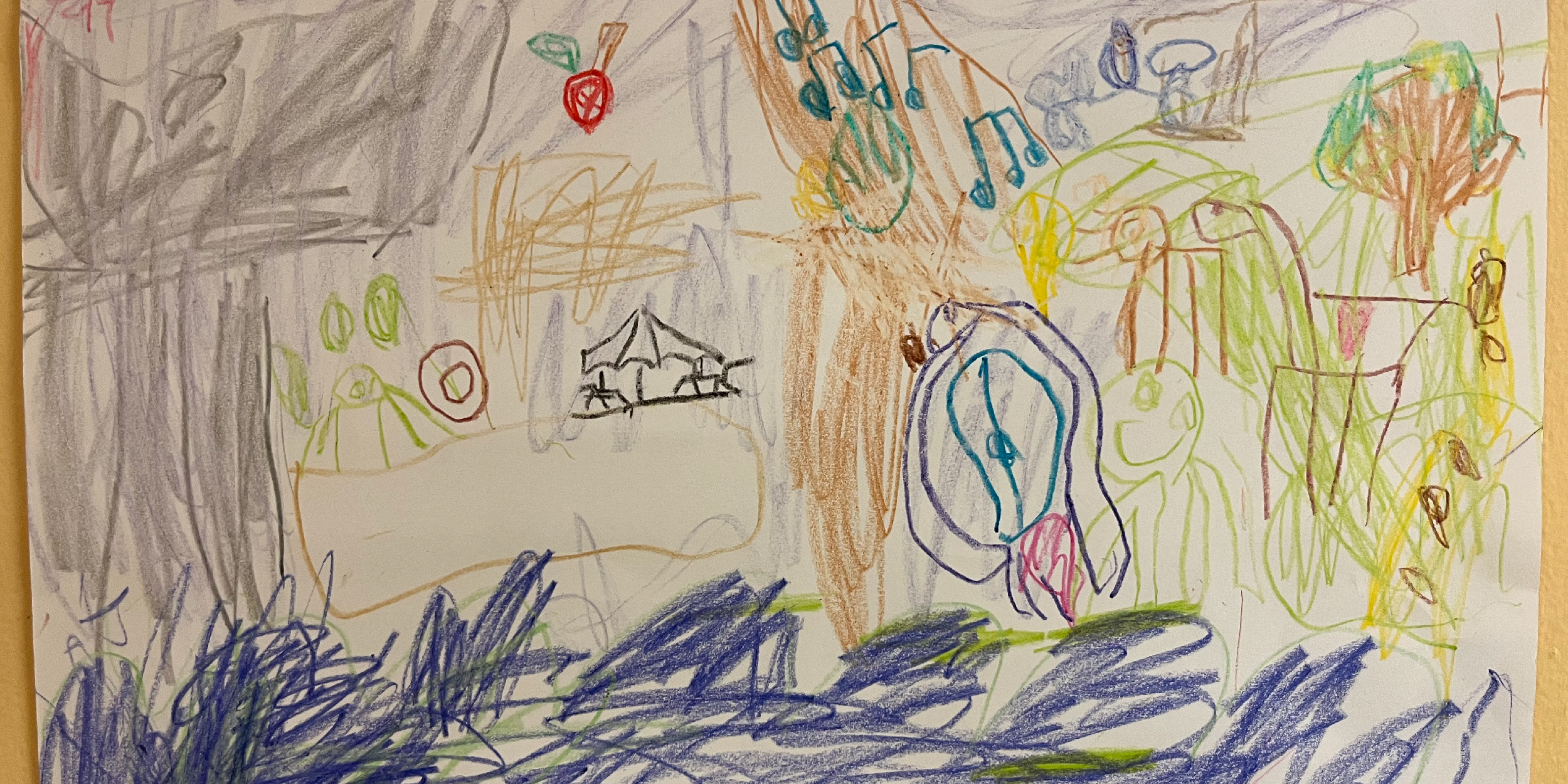Technology and Media in Early Childhood Education

You are here
The content in this issue of Young Children highlights the many ways early childhood educators incorporate technology and media into their work—delving into digital portfolios and relationships with families, computational thinking and coding, representation in children’s media and the importance of media literacy, and building on children’s interests in technology. Educators and researchers are still exploring impacts on young children, particularly as new advancements—like in artificial intelligence—rapidly evolve and push thinking and practices in potentially new ways. The current cluster of articles focuses on this topic through the lens of practical application and developmentally appropriate practice. They reflect considerations of the children and families educators serve, overarching goals and curricula, affordances and limitations of specific media and technology, and evidence that continues to emerge in this area.
Making practical and developmentally appropriate choices may require a shift in our perspectives to determine, as NAEYC’s position statement notes, how “technology and interactive media can help to support developmentally appropriate practice” in educators’ own settings so “the uses of technology and media by children are active, hands-on, engaging, and empowering . . . [the uses] become normal and transparent—the child or the educator is focused on the activity or exploration itself, not the technology.”
Indeed, a shift in thinking is presented in the opening piece. Faith Rogow outlines the longstanding, opposing views about media and technology and what educators should do about their increased presence in the lives of young children. In “Framing: How We Think About Our Work,” the author posits a different frame through which early childhood educators can consider technology and media. Through an education lens, there is a broader understanding of what constitutes media and literacy, and educators are positioned to intentionally promote the knowledge and skills young children need to be media literate.
Next is “Do I See Me? A Discussion About Technology Use and Representation in Children’s Media” with Amanda LaTasha Armstrong. This interview highlights the importance of understanding content, characters, and messaging, including the misrepresentation and lack of representation of children and communities of color, in different media. This discussion also offers inspiration for educators who would like to integrate positive, playful engagements in their settings, especially those that situate children as creators of content that reflect who they are.
Linking to the thread of playful engagements is “Take Me to the Movies! Using Digital Play and Project Work to Spark Young Children’s Inquiry and Learning,” by Karrie A. Snider, Alden Adams, Nicole Petet, Sarah Birk, and Bart Tittle. This article showcases how a team of educators built on children’s interests in movies to authentically incorporate different devices and apps to foster new learning experiences. Following children’s leads with instructional purpose spurred digital play during project work that was meaningful to the children in their preschool classrooms.
Knowing how essential family partnerships are in early childhood education, “Connecting in Context: Using Digital Portfolios to Foster Reciprocal Relationships with Families,” by Victoria B. Fantozzi, describes the mutual benefits involved with digital portfolios. Through photos, videos, captions, and more, the author details how early childhood educators can share with families about the growth and learning occurring in their settings and vice versa—how families can actively participate in sharing stories, questions, and key information about their children through this avenue.
Acknowledging that technology-related knowledge and skills can develop outside of a screen, “Reading, Coding, and Crafting: Introducing Computational Thinking to Young Children,” by Candace Joswick, Joohi Lee, Robin Jocius, and Kathryn Pole, delves into a framework through which early childhood educators can support children’s problem solving. This includes the thinking and skills that can be used with (and without) a computer and that can be integrated into other curricular areas.
Finally, recognizing technology’s potential for promoting professional learning and development, Luci Davila, Sarah N. Douglas, and Lori E. Skibbe present purposeful approaches to “Using Remote Strategies to Facilitate Effective Coaching Conversations with Infant and Toddler Teachers.” The authors highlight strategies and materials for engaging in coaching conversations via remote modalities, thereby offering additional ways to support and be responsive to the widely varying contexts, interests, and needs of educators serving infants and toddlers.
When it comes to technology and media in early childhood education, careful thinking and intentional practices are warranted—whether they are new advancements or have been available for decades. We invite you to consider the frame through which you contemplate their presence in children’s lives and make practical and developmentally appropriate choices for your own setting.
—Annie Moses
As you read the articles in this issue, consider:
- What are your views on media and technology in early childhood? How has this collection of articles impacted these views?
- How might you incorporate technology and media more meaningfully, including to build on children’s interests and to partner with families?
- Consider the media and apps available to children in your setting. Do they portray racial, cultural, and economic diversity? Do they engage children in creating and exploring aspects of their own and others’ identities in positive ways?

Four-year-old Otis drew an engaging picture—with links to the alphabet—to say goodbye as he moved to a new classroom. He began by drawing an ocean (Otis Ocean) with a boat sailing it (Beauden Boat) and a grasshopper steering the boat (Graham Grasshopper). He continued until there were links to every child and teacher in the room.
Is your classroom full of children’s artwork? To feature it in Young Children, see the link at the bottom of the page or email [email protected] for details.
 We’d love to hear from you!
We’d love to hear from you!
Send your thoughts on this issue, and on topics you’d like to read about in future issues of Young Children, to [email protected].
Would you like to see your children’s artwork featured in these pages? For guidance on submitting print-quality photos (as well as details on permissions and licensing), see NAEYC.org/resources/pubs/authors-photographers/photos.
 Copyright © 2023 by the National Association for the Education of Young Children. See Permissions and Reprints online at NAEYC.org/resources/permissions.
Copyright © 2023 by the National Association for the Education of Young Children. See Permissions and Reprints online at NAEYC.org/resources/permissions.
Annie Moses, PhD, is director of periodicals at NAEYC and serves as editor in chief of Young Children and Teaching Young Children.
